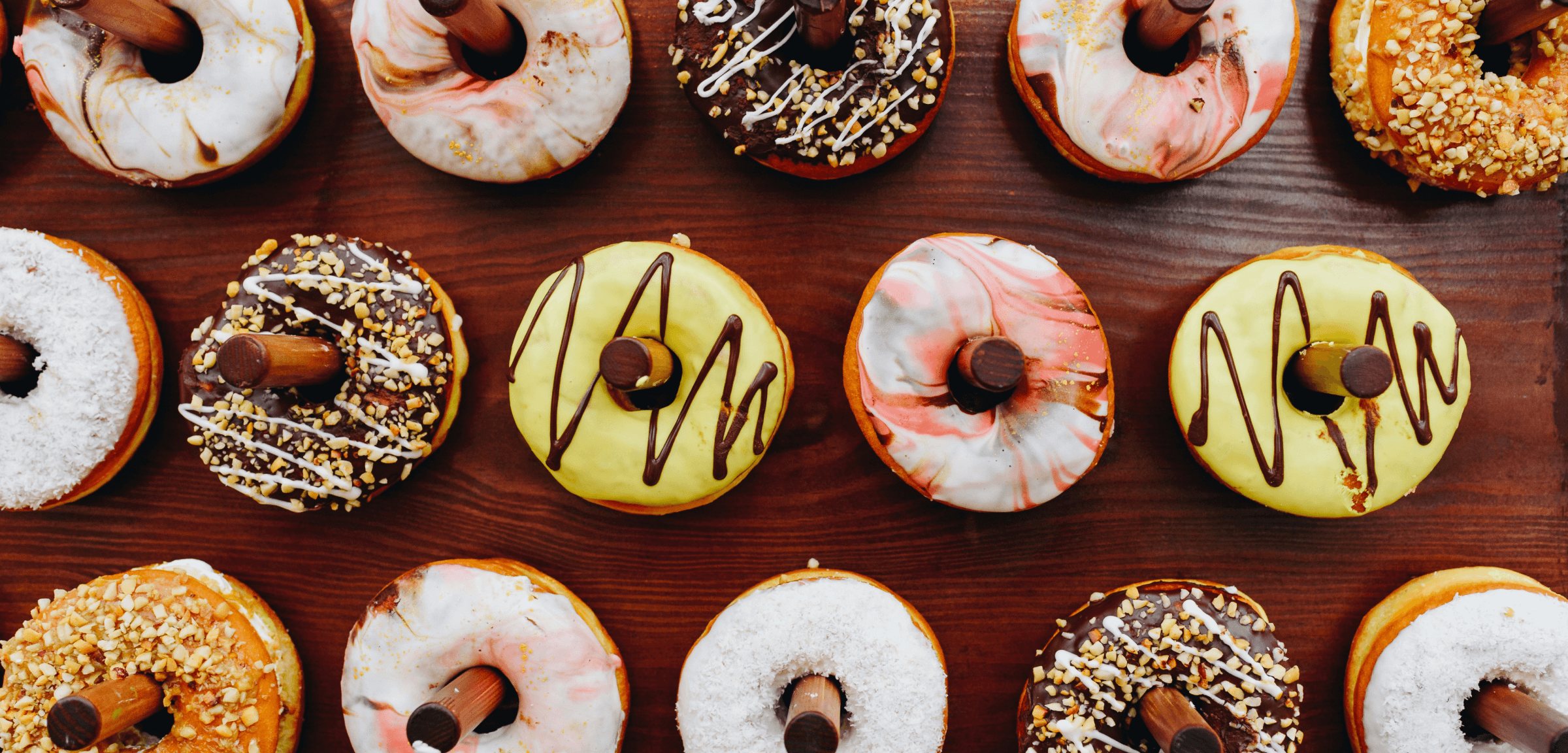
If you feel like you’re always hungry — like you could eat a full meal and still be rummaging through the cupboards 20 minutes later — you’re not alone. And no, it’s not just a willpower thing.
Constant hunger and intense sugar cravings are some of the most common (and most frustrating) symptoms of Candida overgrowth.
Let’s break down how yeast messes with your hunger signals, why it makes you crave sugar like a junkie, and what you can do to break the cycle.
Yes — and here’s how it works.
Candida albicans is a yeast that naturally lives in your body. But when it overgrows (usually after antibiotics, stress, or a high-sugar diet), it becomes opportunistic, feeding off simple carbohydrates and sugar.
The more it feeds, the more it grows. The more it grows, the more it demands fuel — creating a vicious cycle of cravings that can feel completely out of your control.
Candida is more than just a passenger — it’s a hijacker. Here’s what it does:
Candida thrives on glucose. When it’s overgrown, it can lead to wild blood sugar spikes and crashes — which trigger intense hunger, especially for carbs.
The result? You eat. You crash. You crave. Repeat.
Overgrowth pushes out good bacteria that normally regulate appetite and mood. With the gut microbiome out of balance, your satiety signals (aka “I’m full” hormones) don’t work properly.
You feel hungry when you’re not. And you don’t feel satisfied when you should.
Candida produces acetaldehyde and other toxic byproducts that can affect your neurotransmitters — especially dopamine and serotonin.
This messes with your mood, increases emotional eating, and keeps your brain looking for that sweet, carby reward hit.
These feed Candida and fuel the craving cycle:
Even natural sugars can be a problem when overgrowth is active — best to pause during the cleanse phase.
Instead of cutting everything and going hungry, swap in foods that nourish your body and help rebalance your gut:
Pairing protein + fat with every meal helps regulate blood sugar and naturally calms cravings over time.
Don’t just cut sugar and suffer — a proper cleanse includes antifungals, probiotics, and gut-healing support to stop the craving loop at the root.
Check out: How to Start a Candida Cleanse
Skipping meals = blood sugar chaos. Aim for 3 meals and a snack if needed. Balanced meals = stable cravings.
Both minerals support blood sugar stability. Deficiencies can intensify sugar cravings.
Sleep deprivation increases ghrelin (your hunger hormone) and lowers leptin (your fullness signal). Even one bad night can throw your appetite off.
Dehydration is often mistaken for hunger — drink plenty of water (add electrolytes if needed) to help curb false cravings.
Cortisol spikes lead to sugar cravings and gut dysregulation. Gentle movement, journaling, and adaptogens like ashwagandha can help here.
Most people notice major improvement within 1–3 weeks of starting a Candida protocol. The first few days are often the hardest — but once the yeast stops feeding, the cravings start to fade.
Stick with it. Your gut (and brain) will thank you.
Candida overgrowth can hijack your appetite, spike your blood sugar, and keep you chasing carbs. But the good news? You can take control back.
With the right foods, targeted support, and a smart cleanse, your cravings will calm, your hunger will stabilise — and you’ll feel like you again.
This content is for informational purposes only and not intended to diagnose, treat, cure, or prevent any disease. Always consult a qualified healthcare provider before starting any dietary or supplement protocol.
Don’t stop now — your microbiome’s just getting warmed up: